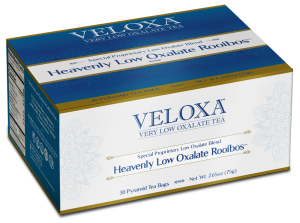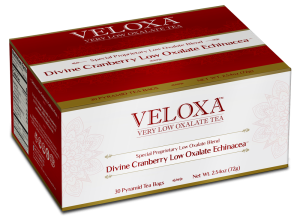What does a kidney stone looks like?
Crystals range from small to large
They can be less than 6mm up to the size of a golf ball! Calcium oxalate crystals, the most common crystal ( ~80%), come in many shapes and sizes because these are chemical crystalline materials. The most common crystalline materials found in crystals are calcium oxalate, calcium phosphate, uric acid and struvite.
It is not uncommon for a crystal to contain more than one crystalline component. Non-crystalline materials found in crystals include proteins and blood. Calcium oxalate crystals come basically in two varieties, calcium oxalate monohydrate and calcium oxalate dihydrate.
Below are just a few pictures of what does a kidney stone looks like. The images of crystals have been sourced from various websites which will document the enormous variations in shape and size of different kidney stone types. Other forms of stones include calcium phosphate crystals and calcium oxalate dihydrate crystals.
Crystal Type: Calcium Oxalate
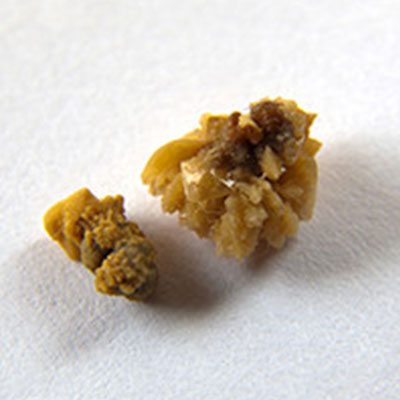
Calcium Oxalate Crystals

Calcium Oxalate Dihydrate / Calcium Oxalate Monohydrate Crystal

Calcium Oxalate Monohydrate / Apatite Crystal
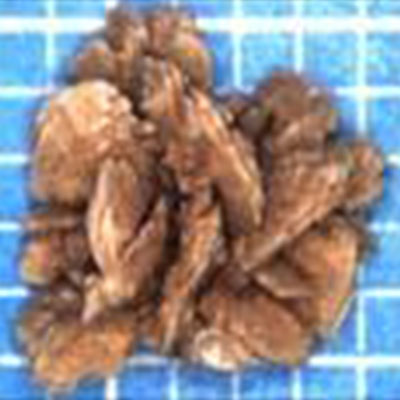
Calcium Oxalate Dihydrate Crystal

Calcium Phosphate Crystal
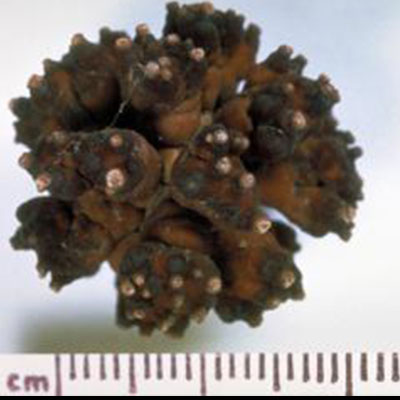
Calcium Oxalate Monohydrate Crystal
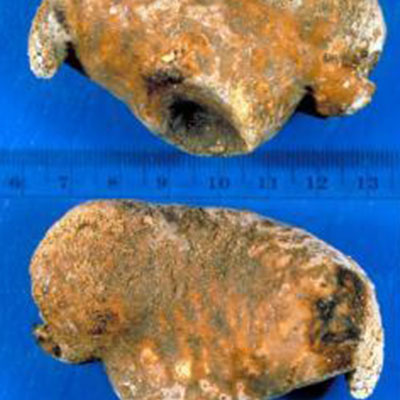
Uric Acid / Calcium Oxalate Monohydrate Crystal
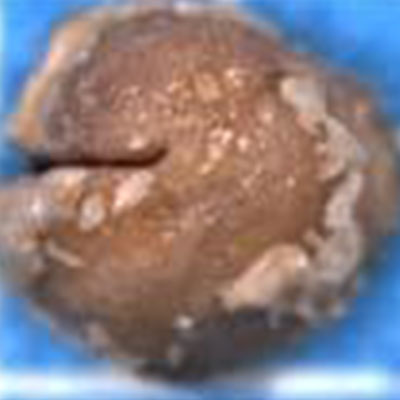
Calcium Oxalate Monohydrate with Superficial Dihydrate Crystal
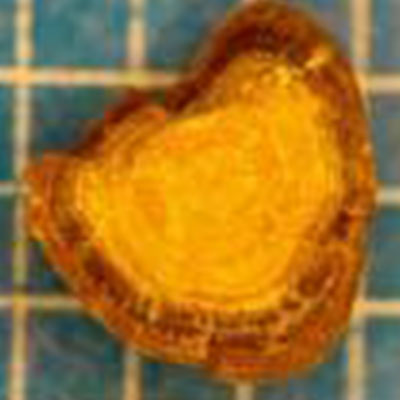
Calcium Oxalate Monohydrate with Superficial Dihydrate Crystal
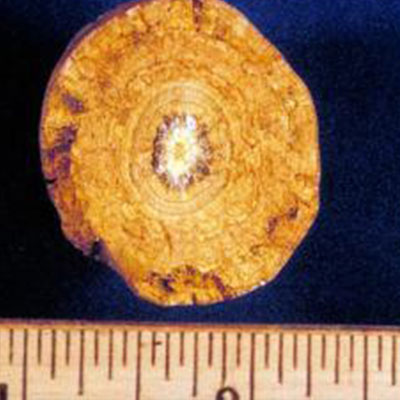
Calcium Oxalate Crystal with Uric Acid Nidus
The four main types of kidney crystals.
Calcium crystals are the most common kidney stone types. Calcium stones contain calcium oxalate, calcium phosphate, or a combination of the two. Calcium oxalate stones consist of calcium oxalate dihydrate, and calcium oxalate monohydrate. A calcium oxalate dihydrate crystal will have jagged edges, while the more common calcium oxalate monohydrate crystal will have will have a smooth surface.Uric acid crystals account for 5% to 10% of stones. Uric acid crystals are usually pebble-like in appearance. They are usually hard on the outside and soft on the inside, as they consist of different types of uric acid and calcium oxalate monohydrate.
Struvite crystals are the next most common type of stones, with 4% to 6% of people dealing with this type. Struvite stones are typically larger than others.
Cystine crystals are the result of cystinuria, which is a condition that can pass down through families.

